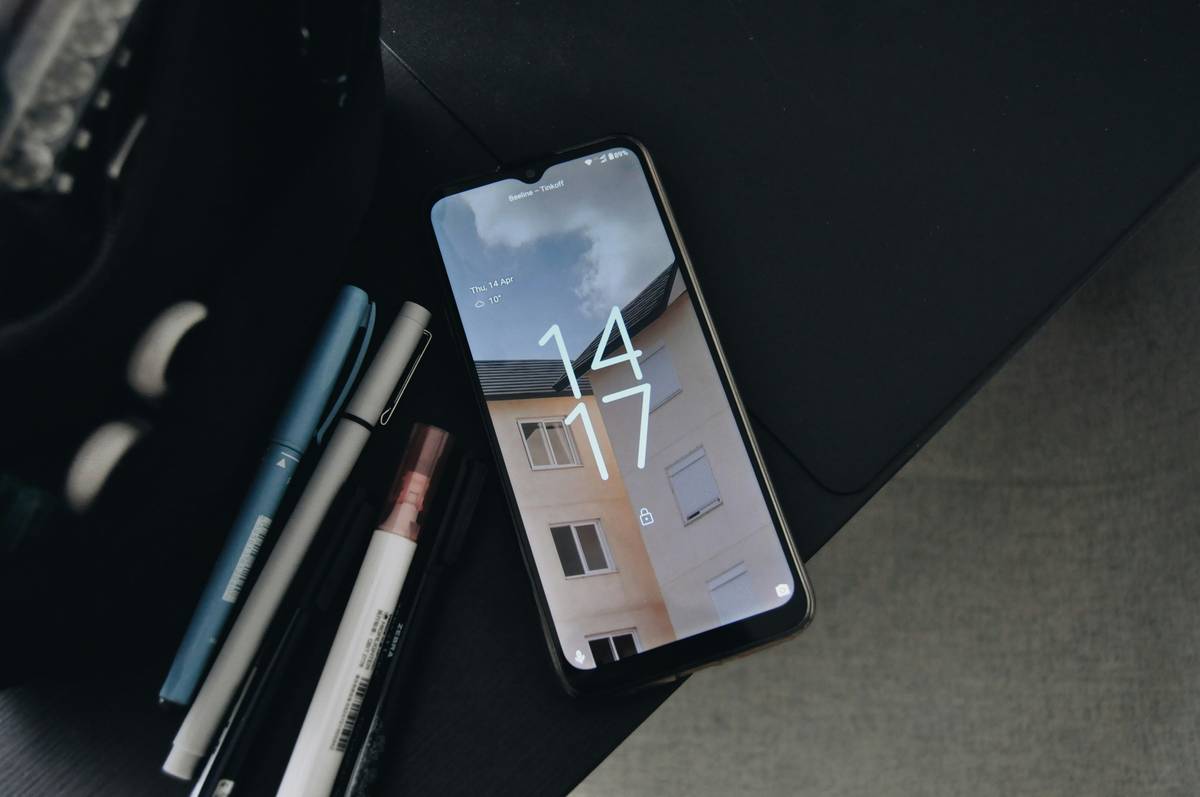Ever bought an expensive gadget only to have it break right after the manufacturer’s warranty expired? Yeah, us too. That’s where your credit card‘s extended warranty might come in clutch—if you know how to navigate the fine print around eligible devices.
In this guide, we’ll break down everything you need to know about getting the most out of your credit card’s extended warranty perks. You’ll learn what counts as eligible devices, actionable steps to file claims like a pro, and some brutally honest tips to avoid common pitfalls.
Table of Contents
- Why Understanding Extended Warranties is Critical
- Step-by-Step Guide to Using Your Credit Card’s Extended Warranty
- Best Practices for Maximizing Coverage on Eligible Devices
- Real-Life Success Stories
- Frequently Asked Questions About Eligible Devices
Key Takeaways
- Your credit card’s extended warranty can save you hundreds (or even thousands) on repairs or replacements—but only if you understand which items are classified as “eligible devices.”
- Always keep receipts and original warranties; they’re often required when filing a claim.
- The devil’s in the details: Some exclusions—like wear-and-tear damage or unauthorized modifications—might void coverage.
- Actual success stories show how small mistakes can derail your refund efforts. Learn from them!
Why Understanding Extended Warranties is Critical
Here’s the deal: Credit cards aren’t just plastic rectangles for swiping at checkout. Many premium cards offer perks like purchase protection and extended warranties that many people overlook entirely.
Rant Alert: Why does no one read their credit card agreements? I once spent weeks arguing with customer service because my camera wasn’t covered under my card’s policy—and guess what? It was clearly stated in the T&Cs that photography gear wasn’t considered an “eligible device.” Rookie move on my part.

A flowchart illustrating how credit card extended warranties function.
So why should you care? Well, here are three stats to wake you up:
- Over $40 billion worth of electronics are discarded each year due to faulty components.
- Nearly 60% of consumers don’t realize their credit cards offer extended warranties.
- On average, filing a valid extended warranty claim through your credit card saves users $200–$300 per incident.
Step-by-Step Guide to Using Your Credit Card’s Extended Warranty
Step 1: Check What Counts as Eligible Devices
Not all products qualify for extended warranties. Most issuers define eligible devices as physical goods purchased with the card. These typically include:
- Electronics (smartphones, laptops, tablets)
- Home appliances (refrigerators, washing machines)
- Certain high-value gadgets (gaming consoles, smartwatches)
Note: Consumables like ink cartridges or perishable items rarely qualify.
Step 2: Save Those Receipts!
This seems obvious but trust me—it’s shockingly easy to lose track. Keep digital copies of every receipt tied to purchases made with your card. Apps like Shoeboxed or Expensify make organizing receipts painless.
Step 3: File Claims Promptly
Most policies require claims within 30–60 days of discovering the defect. Don’t procrastinate! Fill out forms carefully and provide evidence: photos, repair estimates, original packaging, etc.

Keeping organized records will prevent headaches later.
Best Practices for Maximizing Coverage on Eligible Devices
- Understand Exclusions: Policies usually exclude things like cosmetic damage, normal wear-and-tear, or unauthorized repairs. Be realistic.
- Check Limits: Caps on reimbursement amounts vary by issuer. Make sure your new MacBook Pro falls within those limits before relying solely on the warranty.
- Combine Benefits: If your credit card also offers price protection, double-check whether overlapping policies could maximize savings.
- Stay Updated: Terms change frequently. Subscribe to alerts from your card issuer so you stay informed.
Real-Life Success Stories
Story #1: Sarah used her Chase Sapphire Preferred® Card to buy a $1,200 laptop. Eighteen months later, the screen stopped working. She filed a claim using her extended warranty benefit and received a replacement unit without spending another dime.
Story #2: Jake thought he’d struck gold when his iPhone cracked outside the AppleCare window—but his Capital One Quicksilver card didn’t cover smartphones unless they were explicitly listed as “eligible devices” in its terms. Lesson learned: Always confirm specifics first.

A happy moment for Sarah after successfully claiming her extended warranty benefit.
Frequently Asked Questions About Eligible Devices
What Exactly Are “Eligible Devices”?
They’re tangible goods purchased with your credit card that meet specific criteria outlined in your cardholder agreement. Think tech gadgets, home electronics, and other durable products.
Do All Cards Offer Extended Warranties?
Nope. Premium cards, especially travel rewards and cash-back ones, tend to include these benefits more often than basic options.
Can I Use Manufacturer’s Warranty Instead?
You can—but combining both gives you longer coverage periods without shelling out extra money upfront.
Conclusion
Maximizing your credit card’s extended warranty benefit starts with knowing exactly what qualifies as an eligible device. Armed with knowledge, proper documentation, and strategic timing, you can turn frustrating product failures into cost-free fixes. So next time something breaks unexpectedly, don’t panic—just whip out that card and get to work.
Now go forth and leverage those perks responsibly! (And remember: Coffee helps.)
P.S. Like flipping Tetris blocks perfectly into place, managing warranties feels oddly satisfying. 🕹️ Play wisely!


